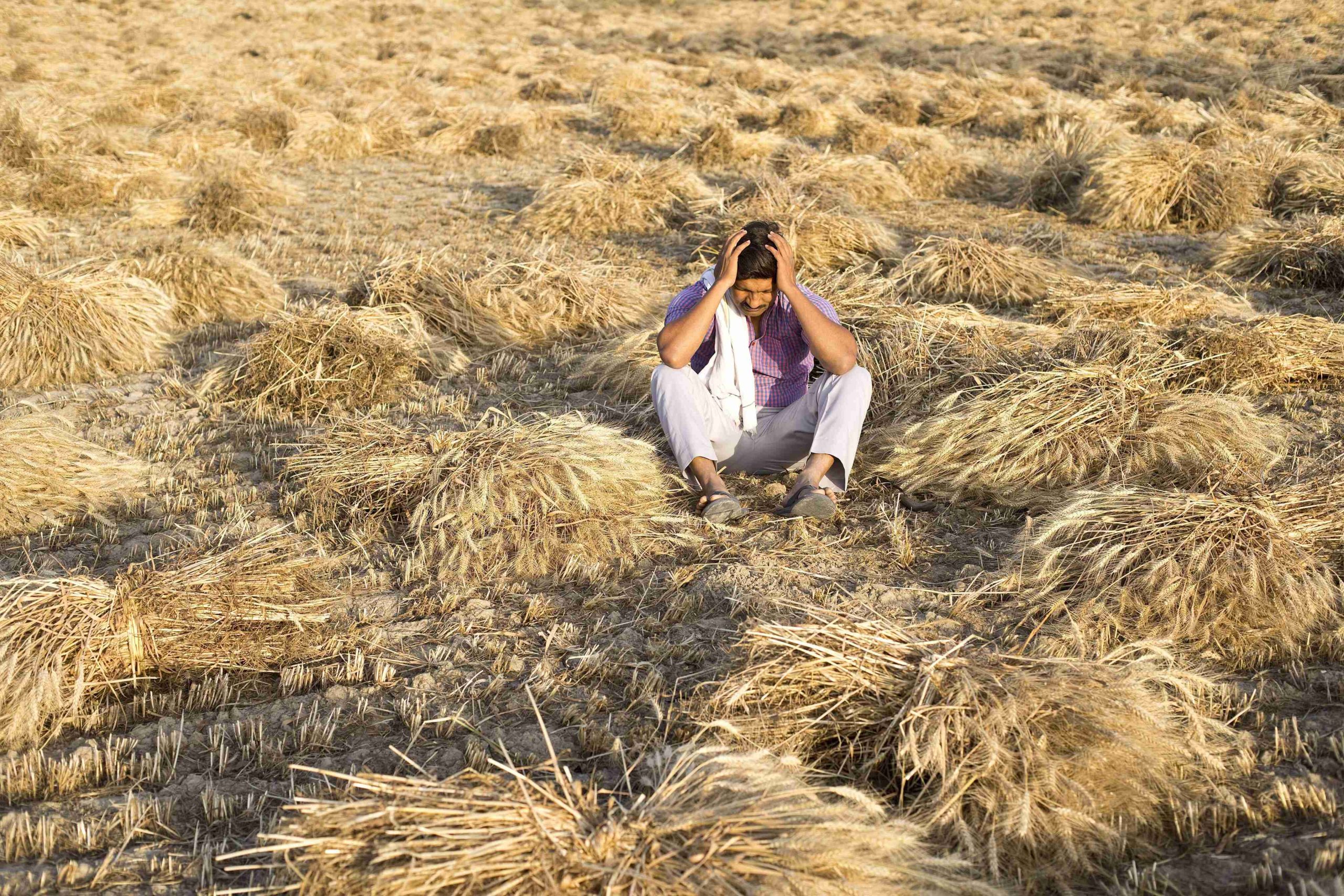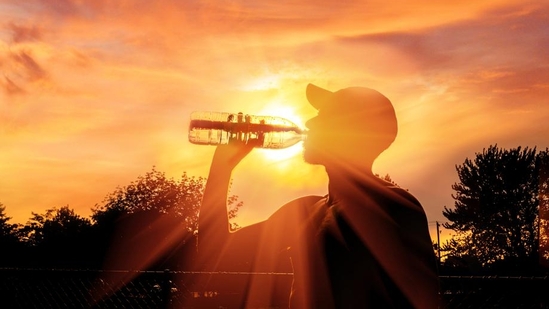- Courses
- GS Full Course 1 Year
- GS Full Course 2 Year
- GS Full Course 3 Year
- GS Full Course Till Selection
- MEP (Mains Enrichment Programme) Data, Facts
- Essay Target – 150+ Marks
- Online Program
- GS Recorded Course
- NCERT- First Ladder
- Polity
- Geography
- Economy
- Ancient, Medieval and Art & Culture AMAC
- Modern India, Post Independence & World History
- Environment
- Governance
- Science & Technology
- International Relations and Internal Security
- Disaster Management
- Ethics
- Current Affairs
- Indian Society and Social Issue
- CSAT
- 5 LAYERED ARJUNA Mentorship
- Public Administration Optional
- ABOUT US
- OUR TOPPERS
- TEST SERIES
- FREE STUDY MATERIAL
- VIDEOS
- CONTACT US
Farmers Raise Concerns Over Poor-Quality Seeds, Pesticides, and Loss of Farmland
Farmers Raise Concerns Over Poor-Quality Seeds, Pesticides, and Loss of Farmland

Why in the News?
- The Union Agriculture Minister is conducting the Viksit Krishi Sankalp Abhiyan (VKSA) from May 29 to June 12, 2025, engaging with farmers, scientists, and stakeholders across 700+ districts.
- Farmers across India have raised serious concerns about substandard seeds and pesticides, shrinking agricultural land, and income challenges.
- The minister has emphasised the need for strict laws and unified action to tackle these persistent issues in agriculture.
Key Highlights of the Article:
- Concerns Raised by Farmers:
- Use of low-quality seeds and pesticides leading to crop failure.
- Lack of accountability and regulation in agricultural input sales.
- Farmers getting looted or harassed due to unregulated supply chains.
- Status of Agricultural Land:
- Shrinking agricultural land due to urbanisation and infrastructure projects.
- Land conversion for solar parks, highways, and industrial zones.
- The number of farmers is decreasing, while technology is evolving.
- Income Doubling Target:
- The PM's vision of doubling farmers' income by 2022 has seen mixed outcomes.
- While some success stories exist, challenges remain in widespread income enhancement.
- This is due to the different factors like who is farming in what way, how much inputs are used, what the size of the land is, and how the weather and rain patterns are.
Challenges Faced by Farmers and Way Forward:
|
Challenges |
Way Forward |
|
1. Damage to crops due to climate change and diseases in crops. |
1. A variety of seeds and crops should be developed which is adaptive to climate change and diseases. 2. Increasing the shelf life of fruits and vegetables via technological changes might help |
|
2. Sale of substandard seeds and pesticides. |
1. Enact a strict regulatory law to ensure only certified, high-quality agricultural inputs are sold. |
|
3. Shrinking agricultural land due to urbanisation, industrialisation and infrastructure development. |
1. Formulate a National Land-Use Policy to protect arable land and ensure sustainable development. 2. Technological changes like experimenting with solar panels on the top and growing fruits and vegetables below are being carried out. 3. Techniques like Hydroponics can be used, which require less land for agriculture. |
|
4. Lack of a unified approach among institutions and ministries |
1. Strengthen coordination under the ‘One Nation, One Agriculture, One Team’ concept to align agricultural policy execution. |
|
5. Poor rural infrastructure (roads, irrigation, markets) |
Invest in rural infrastructure, including cold chains, irrigation, and digital connectivity. |
|
Hydroponics:
One Nation, One Agriculture, One Team:
|
|
Ensure IAS Mains Question: Q. Despite several reforms and schemes, Indian agriculture continues to face structural challenges like poor-quality inputs, shrinking land, and inadequate income. Examine these issues and suggest a multi-pronged approach to address them. (250 words) |
|
Ensure IAS Prelims Question: Q. With reference to challenges faced by Indian agriculture, consider the following statements:
Which of the statements given above is/are correct?
Answer: a Statement 1 is correct: Hydroponics is a method of growing plants without soil, using nutrient-rich water instead. It allows for vertical farming, which uses less land and is ideal for urban or land-scarce regions. Statement 2 is correct: Farmers often face crop failure and losses due to low-quality or fake seeds and pesticides. Without regulation and accountability in agri-input supply chains, it directly affects productivity and income. Statement 3 is incorrect: ‘One Nation, One Agriculture, One Team’ is not about MSP. It refers to a collaborative governance model to bring various departments, scientists, and institutions together for coordinated agricultural development, not pricing reforms. |



